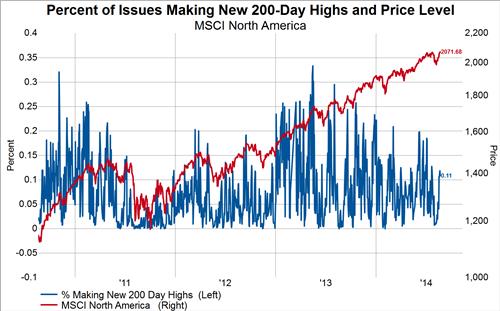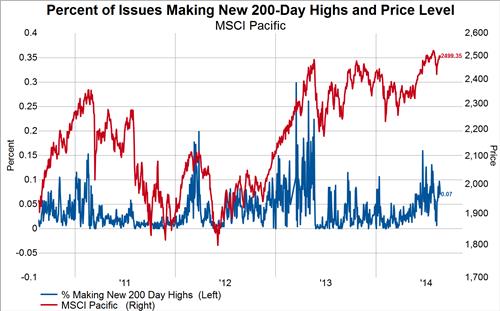When it comes to stock valuation, it makes sense that the fastest growing industries should command the highest valuations. And as we will show, in general this holds true. However, there are always exceptions and this is where one can find interesting mispricings.
Let's set up the data for a moment. In the table below, the data used for this post is "as reported" and is aggregated on an equal-weighted basis using the entire MSCI World Index. The table shows various metrics based on industry group. We show the 10-year least squares growth rate percentage per share across sales, EPS, book value, cash flow, and dividends in columns 2-6. In columns 7-10 we show current valuation multiples using cash flow, earnings, sales, and book value. Finally, in the last three columns we show current yields such as the dividend yield, operating cash flow yield, and free cash flow yield. The conditional formatting is used to help quickly identify trends. Green is high and red is low. Finally, the table is sorted based on the P/CF column.
 Source: Gavekal Capital
Source: Gavekal Capital
What quickly becomes apparent based solely on the formatting is in general, the green cells line up with the green cells (high growth with high valuations) and the red cells line up with red cells (low growth with low valuations). However, there are few exceptions and that is what we want to focus on.
The first exception is clearly Real Estate. Real Estate seems insanely overpriced given the past 10 years of growth it has delivered. Granted there was a major boom-bust cycle during this time. However, does 2.2% annualized sales growth really deserve a 4.2x sales multiple? Or how about 1.8% annualized cash flow growth currently being priced at over a 20x multiple! The industry does have a solid dividend yield (3.4%) and on a price to book basis seems more reasonable (1.8x). But overall, it seems to us that Real Estate is trading at unworthy valuations multiples at the moment.
On the other side of the coin, you have the Energy industry. Energy has delivered double-digit percentage book value and dividend growth over the past 10 years. Sales, EPS and Cash Flow have all grown annually at about 8-9% as well. Thus, this is a very solidly growing industry. However, it is currently trading at the third lowest price to cash flow ratio out of the 24 industries in the MSCI World. It's P/E ratio is slightly above the average for the MSCI World but in line with comparably growing industries such as the Media industry. Also in Energy favor is a solid dividend yield (2.5%).
Of course there are many reasons why certain industries can trade at certain multiples. However, when historical growth and current valuations seem very disconnected, we believe that is the perfect time to dig deeper into these areas to find interesting ideas.




















































